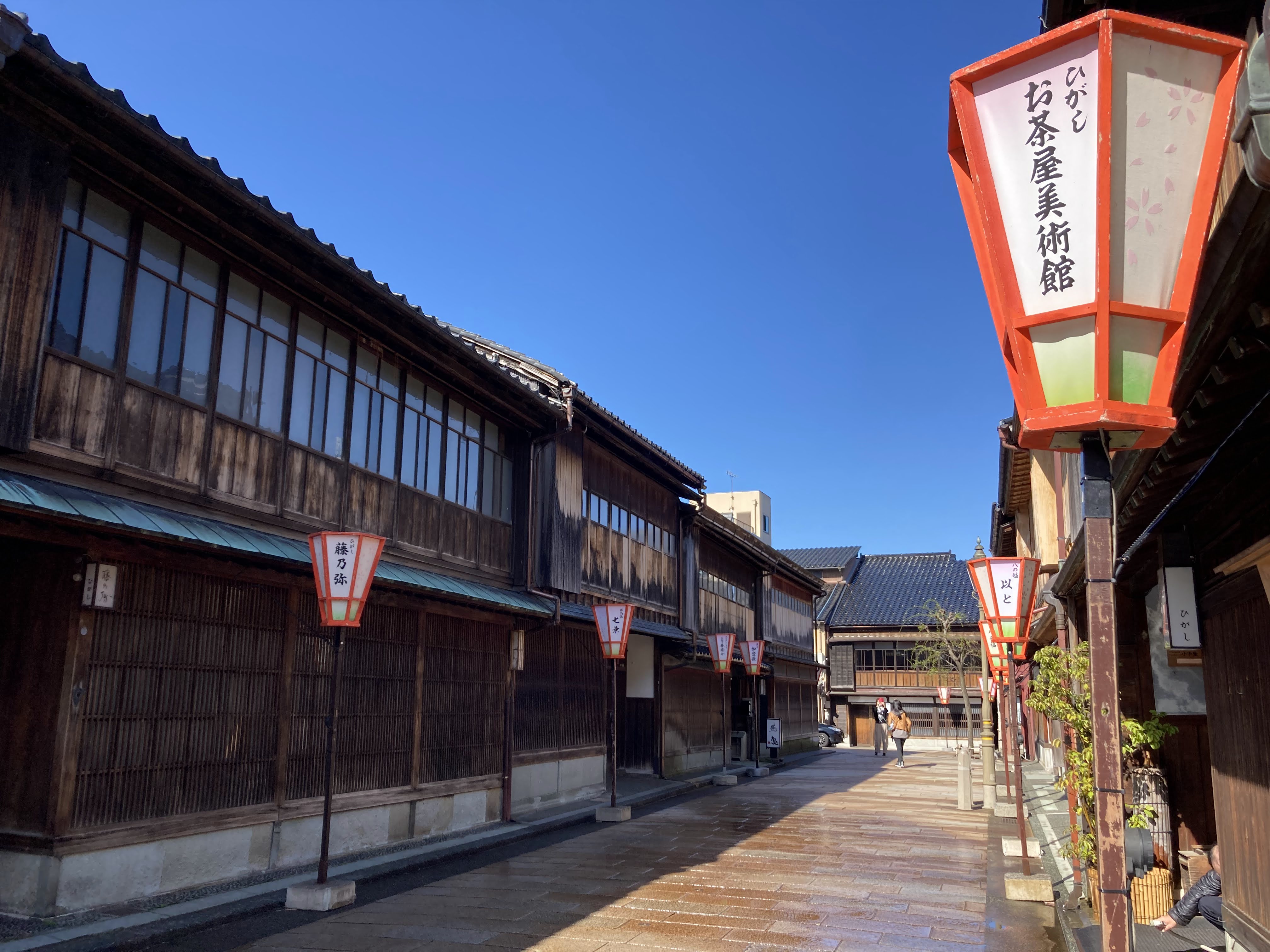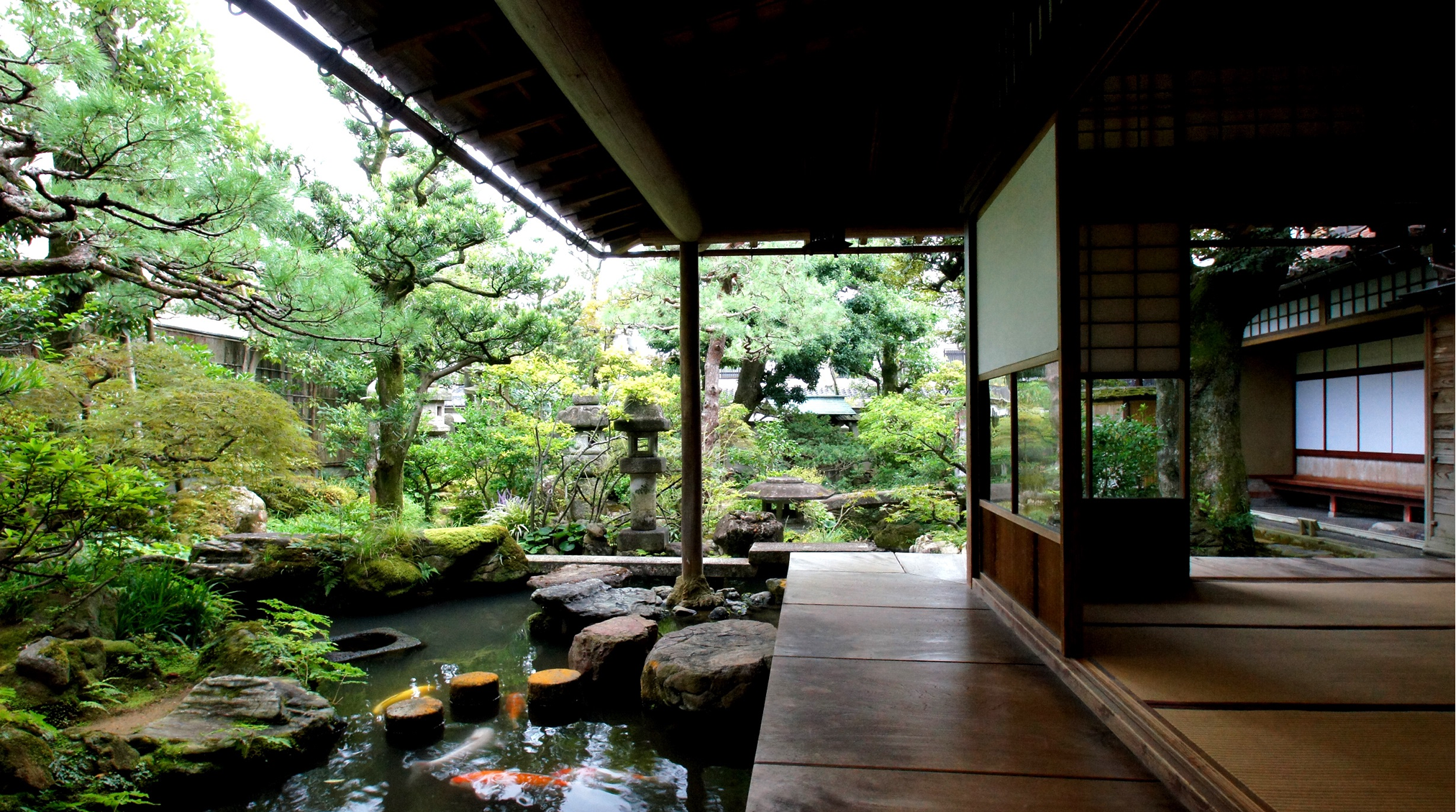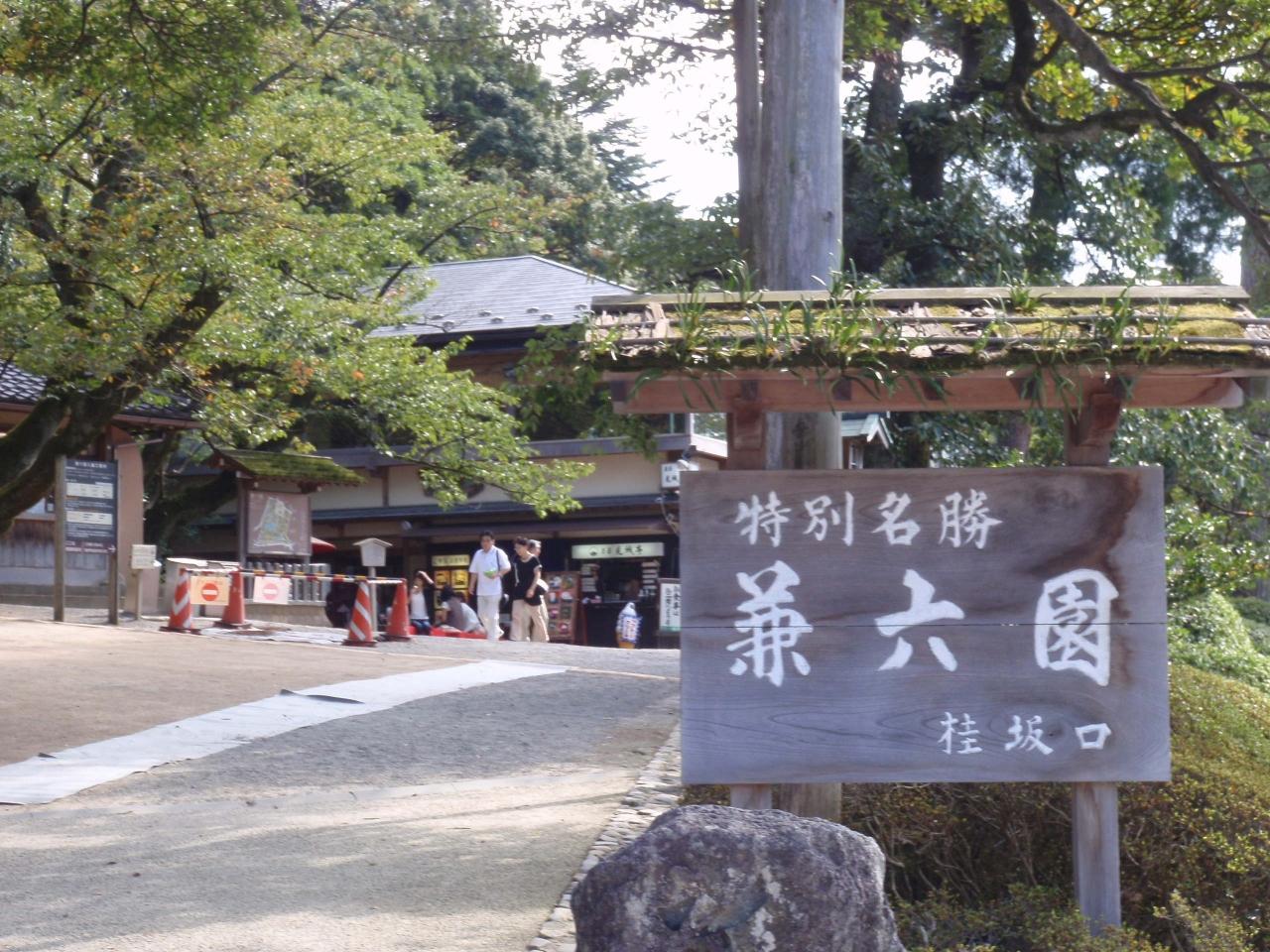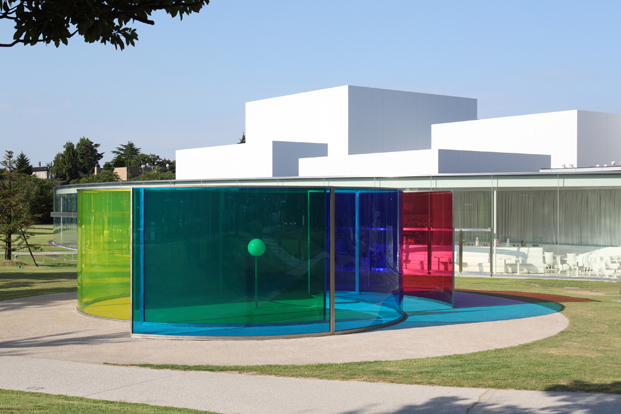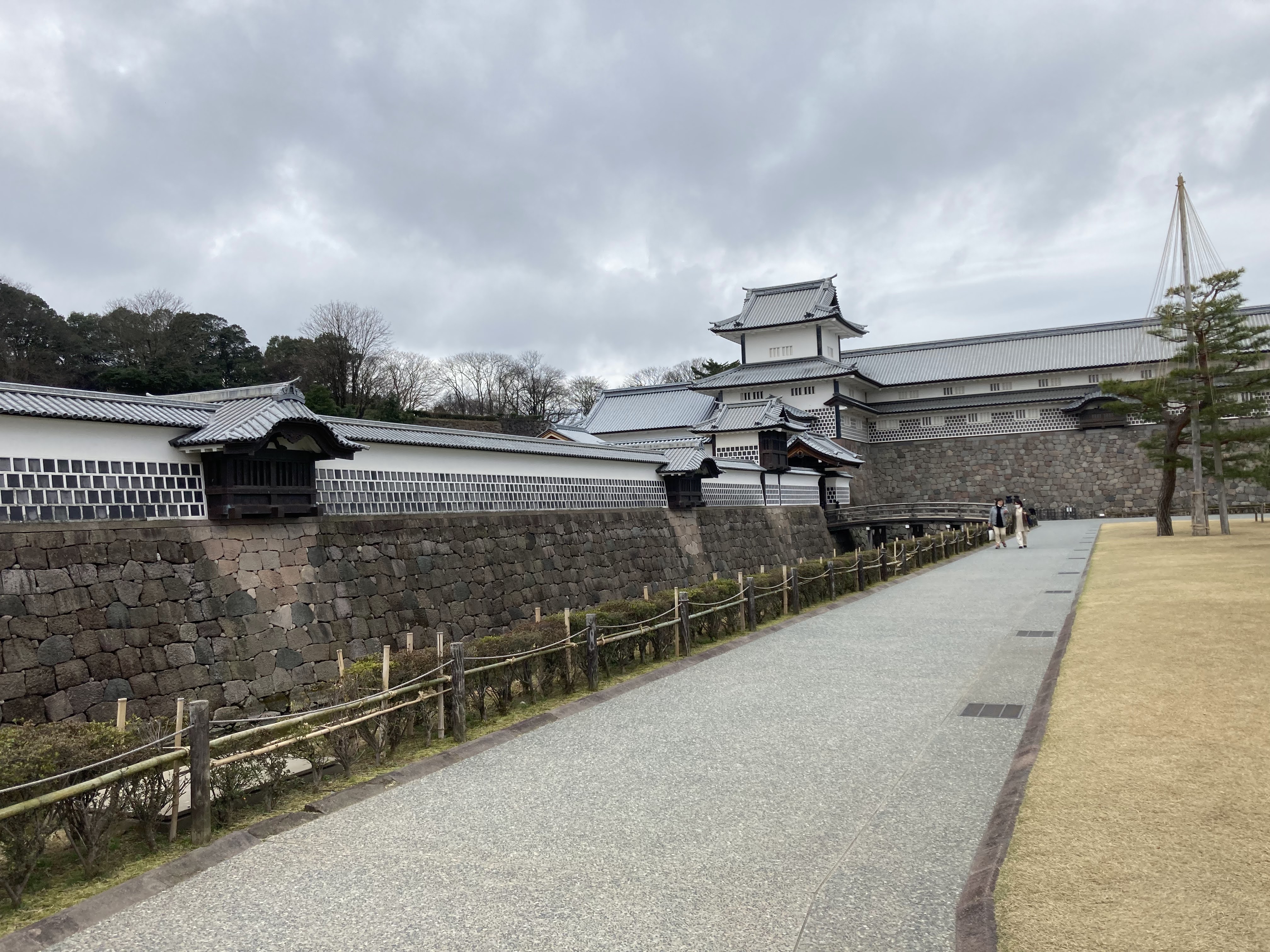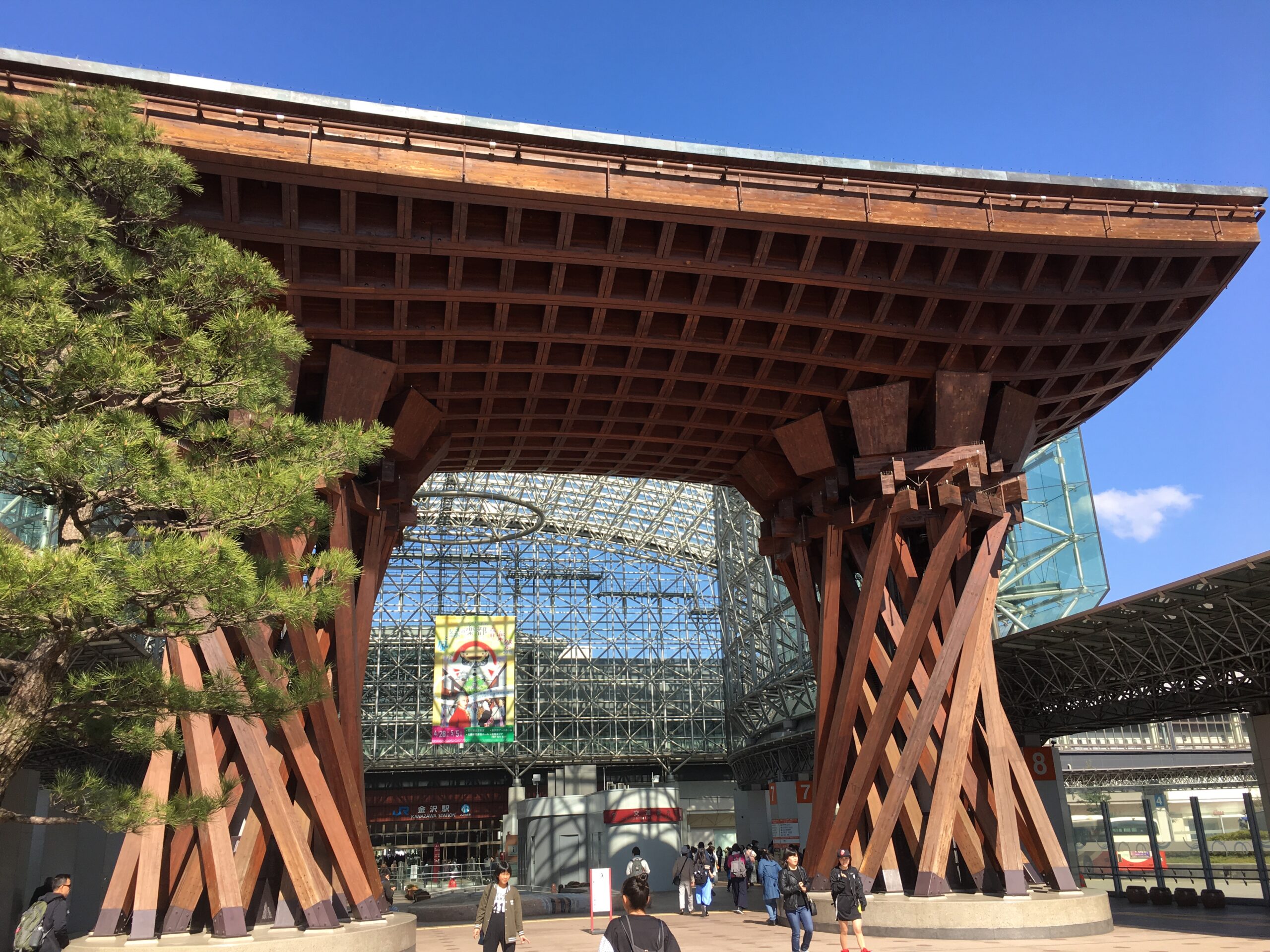Shima | The historical teahouse of Higashi-chaya District
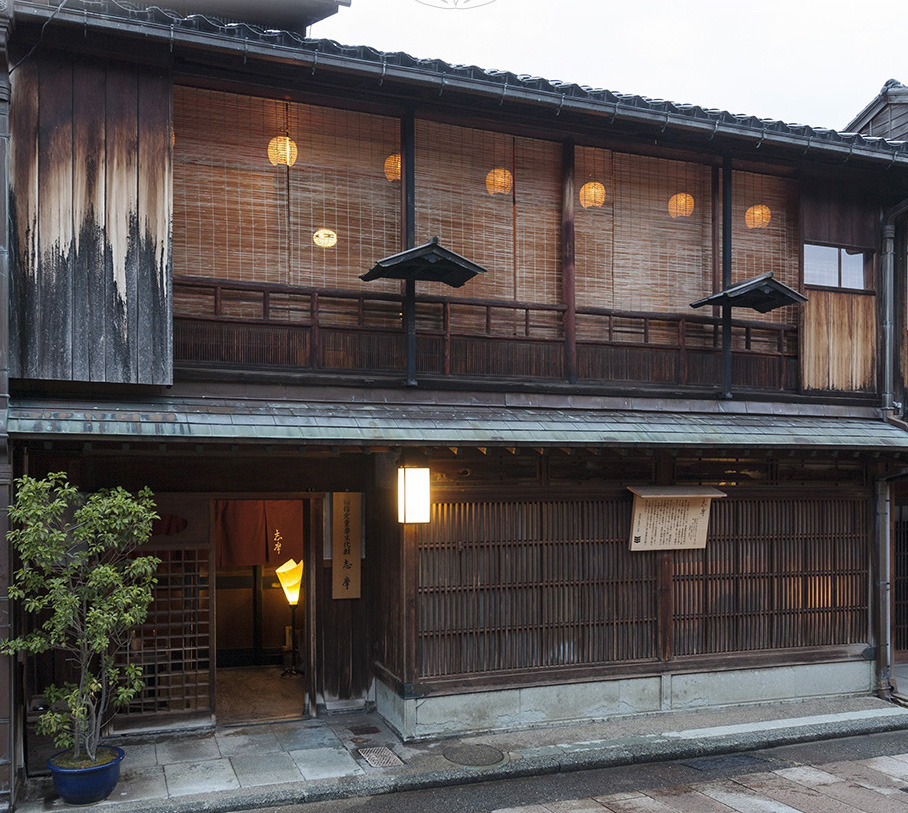
Shima is a building which was used as a teahouse between the Edo period and Meiji period.
Shima is now a facility that introduces teahouse culture and has been designated as a national important cultural property.
This building was built about 200 years ago.
Except for the electric lights and toilets, everything remains as it was back then. During the Edo period, it was forbidden to build tall buildings without permission from the Shogunate, but Shima was one of the few buildings permitted to be two stories high.
Shima used to be an entertainment facility for wealthy merchants, and was a prestigious teahouse that only trusted customers could enter.
The reason is that it was important for customers to understand the value of the art and preparation.
2nd floor of Shima
The 2nd floor consists of a proud stage of gaisha and customer’s private room. The ceiling of the 2nd floor is higher than the one on the 1st floor so that the teahouse wanted to show its respect to its customers and wish them to stay confortably.
Hiroma(ひろま)
Hiroma is a prestigious room with the highest ceiling in the building, red-colored walls, and beautiful shelves.

This is the place where guests can enjoy watching geisha performance.
When guests sit with their backs to the alcove, gusets can see an antechamber in front.
Geisha performs the traditional dance to the melody of old Japanese songs.
Below are the list of the instrument used in the performance.
- sansen
A three-stringed instrument similar to a guitar or banjo. Dances were performed mainly to the sound of this instrument. - koto
It is a harp-like instrument with 13 strings. This is the sound you can often hear outside of restaurants while you walk the street of Higashi-chaya District. - Tsuzumi
It is a traditional Japanese shoulder drum.
When the sliding doors are opened a charming dance will be performed. There are no closets or partition walls, and it is designed for recreational purposes.
Hanare (はなれ)
This room is the only one with a simple structure without lacquer on the pillars.
It is used for customers to spend some quiet time with their favorite geisha, and it is also used for performers who do not appear in the dance to perform.
1st floor of Shima
The 1st floor was exclusively used the female master and geisha, designed mainly for business use.
Choba(帳場)
A room that functions as an office where geisha service records and billings are calculated. Since they are all reliable regular customers, payment will be made at a later date.
Kitchen(台所)
Because Shima orders food from a caterer, it does not have a kitchen like you would find in a Japanese restaurant, but instead has a simple kitchen with a cupboard and well for dishes and chopsticks.
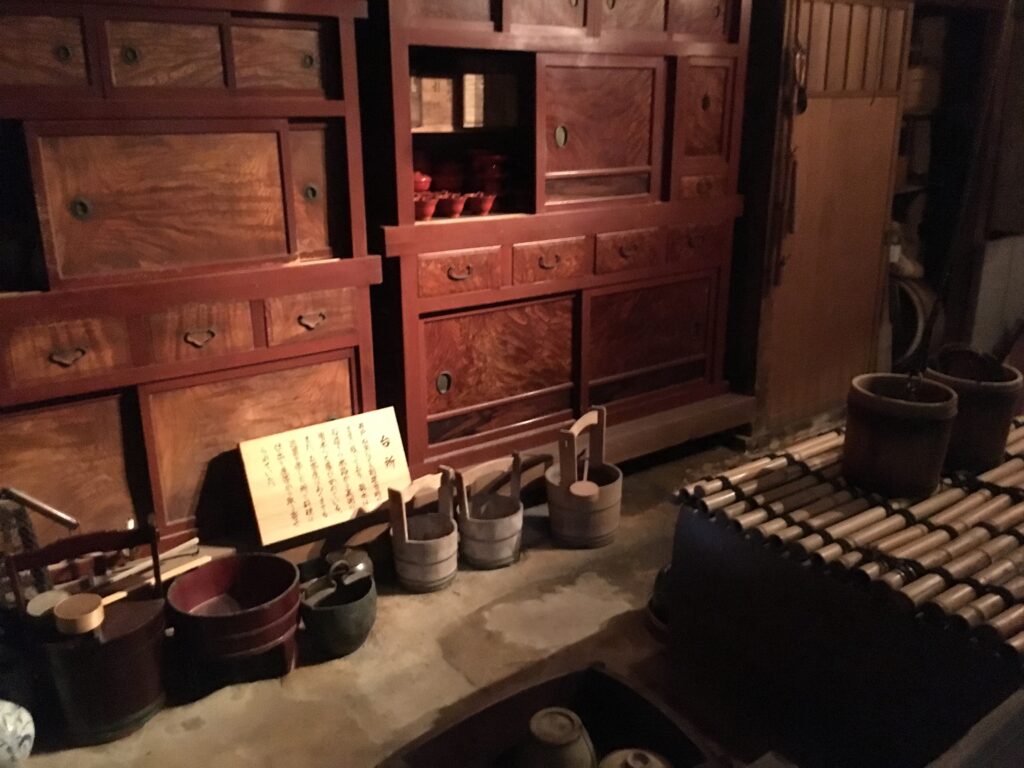
Okunoma(奥の間)
The landlady’s room. The structure is such that you can see the typical garden of a tea house. Unlike the hall where geisha dance, it has a calm atmosphere for the landlady who has to manage everything.
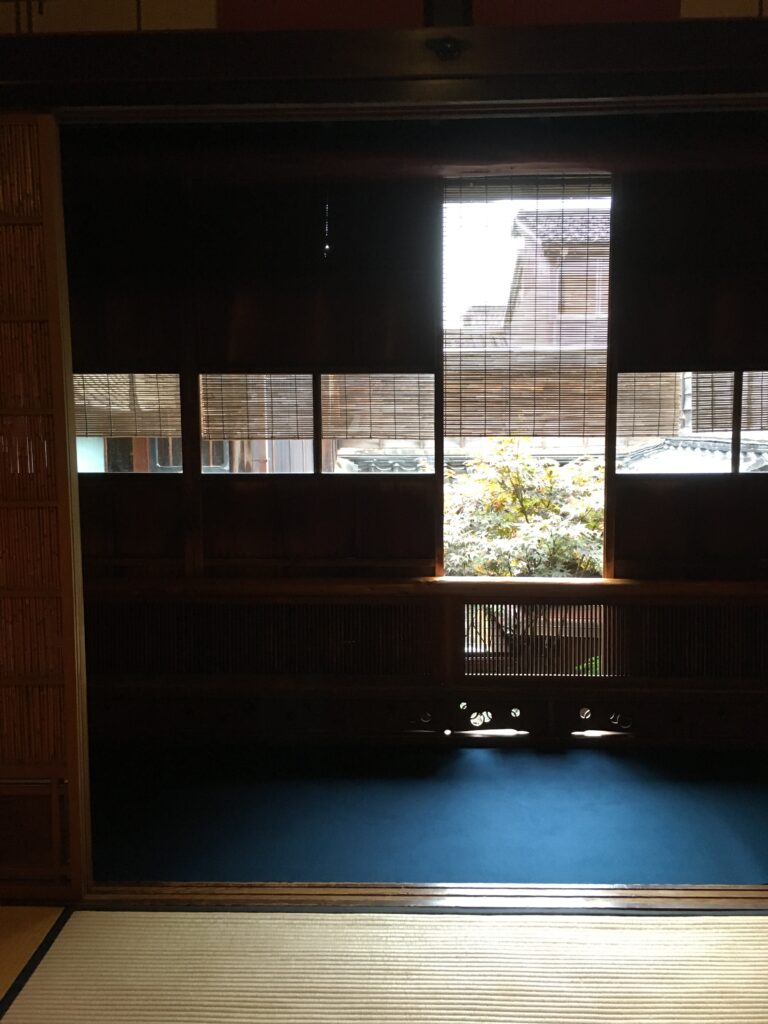
Misenoma(みせの間)
A room where geishas prepare for their dances and put on their makeup. Currently, crafts such as lacquerware, pottery, and metalwork are on display.

